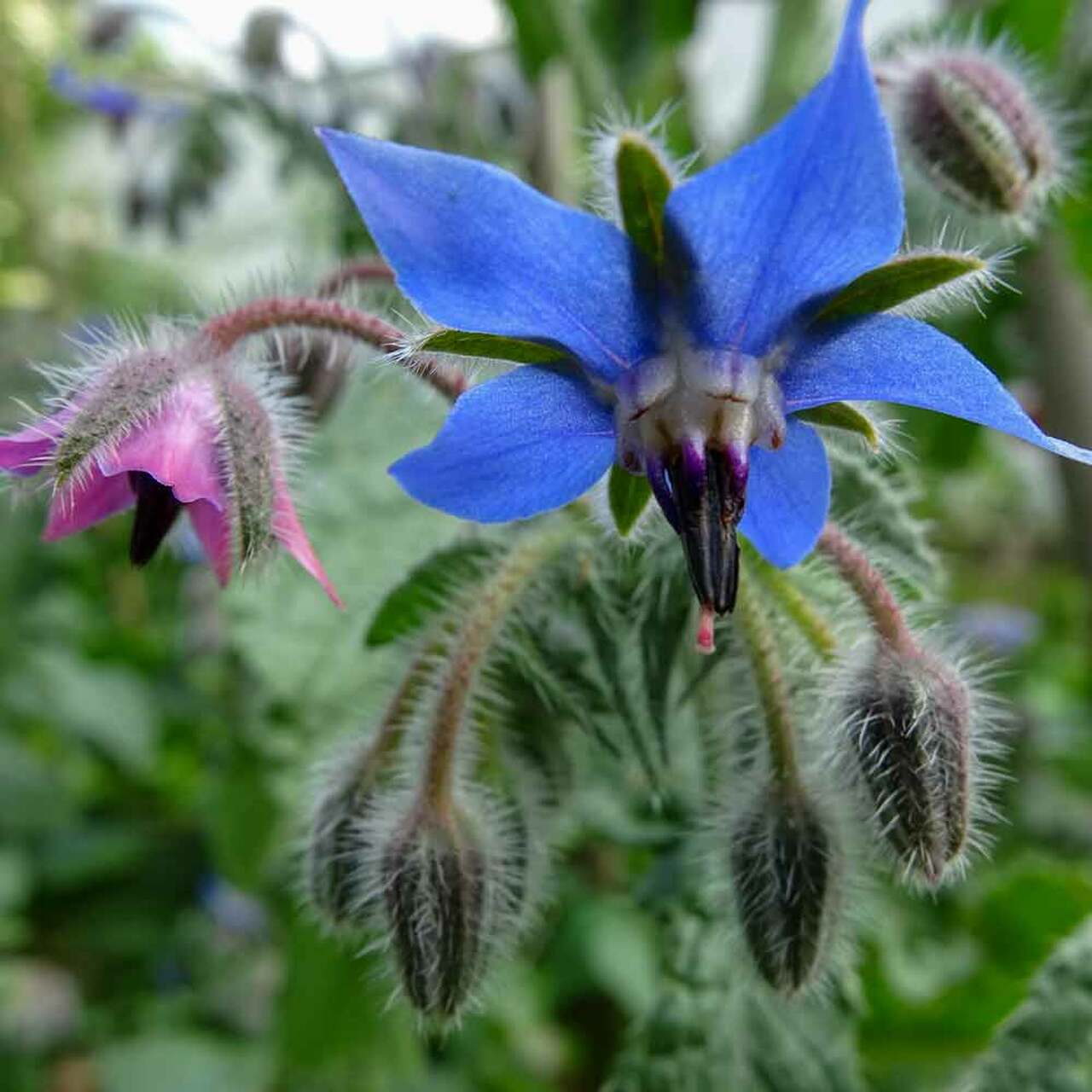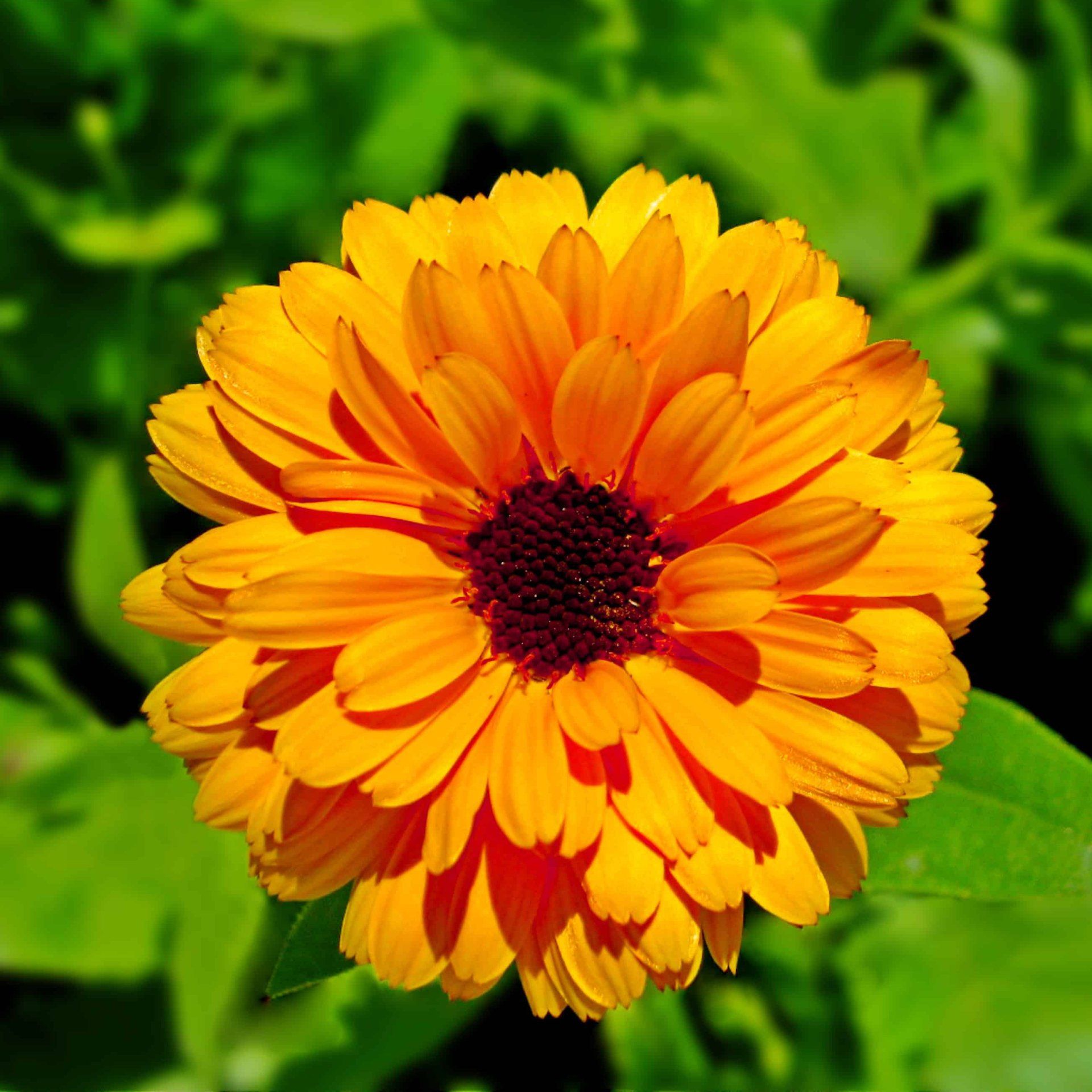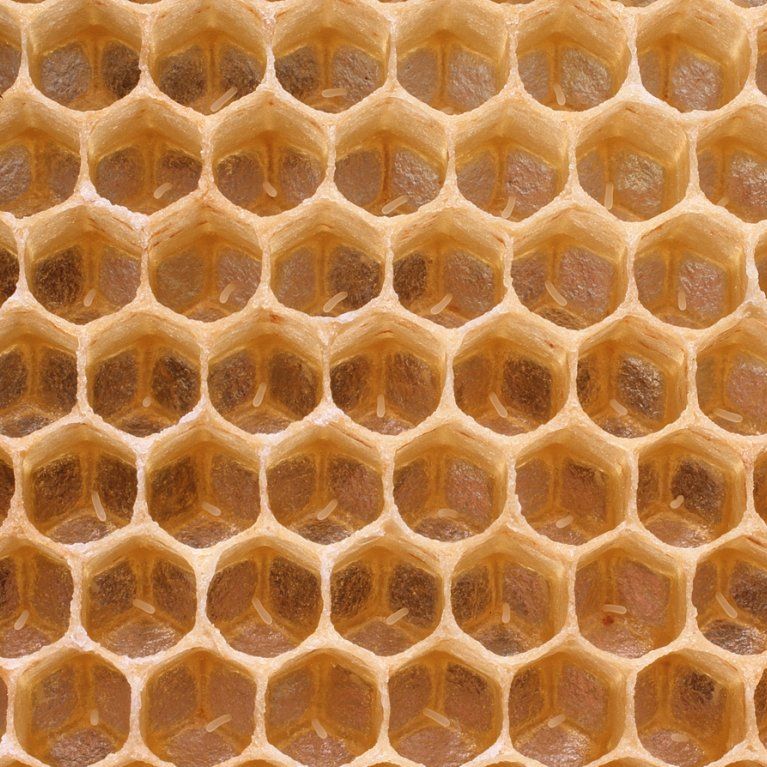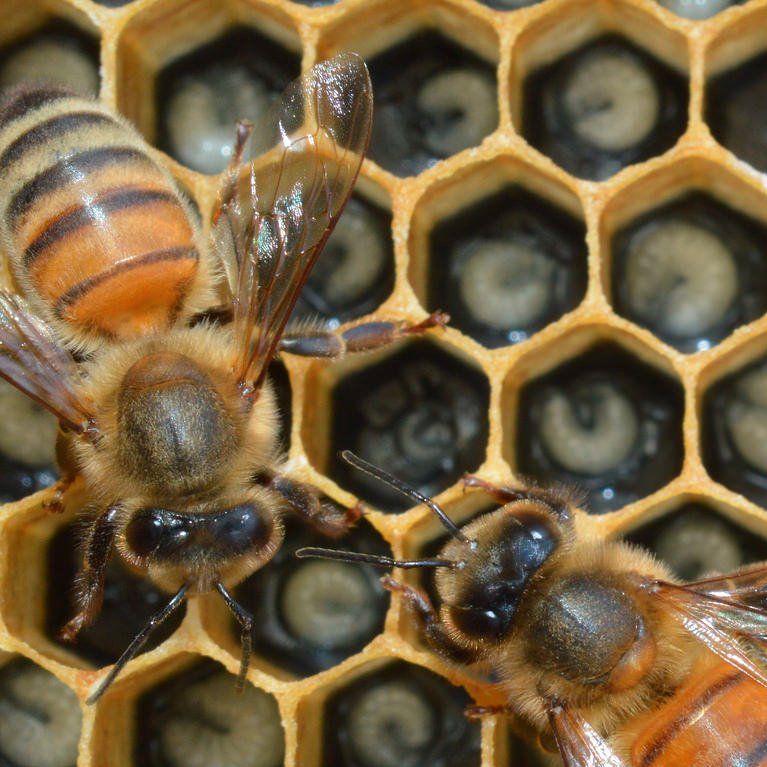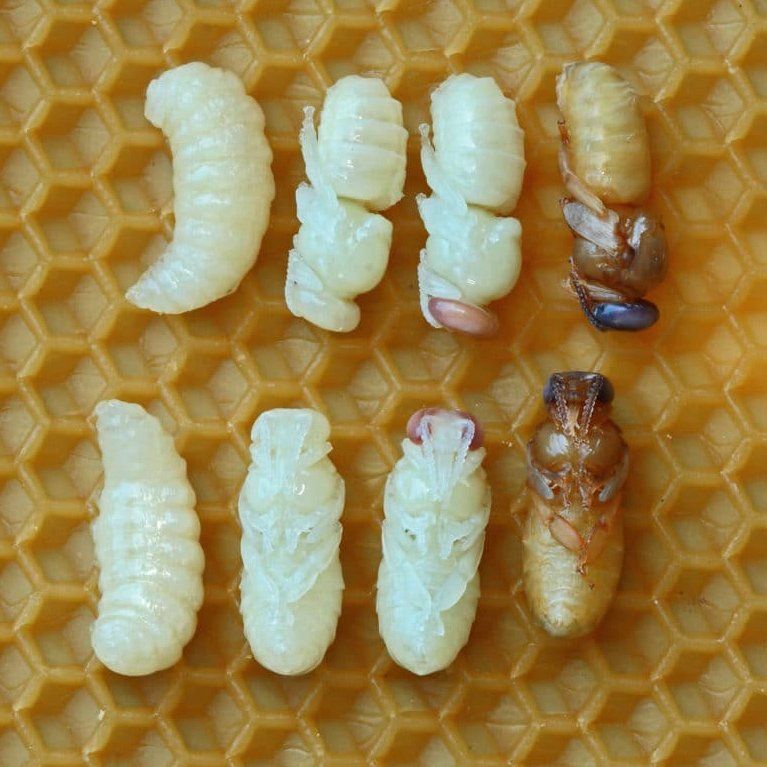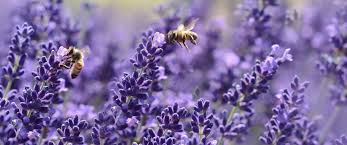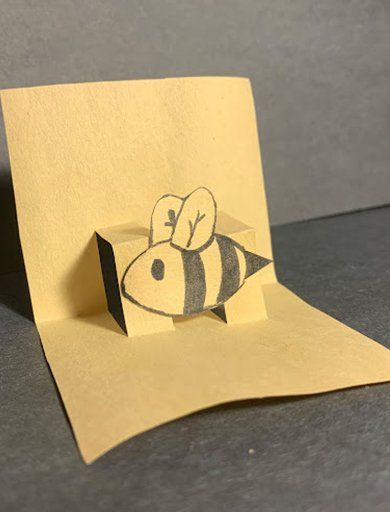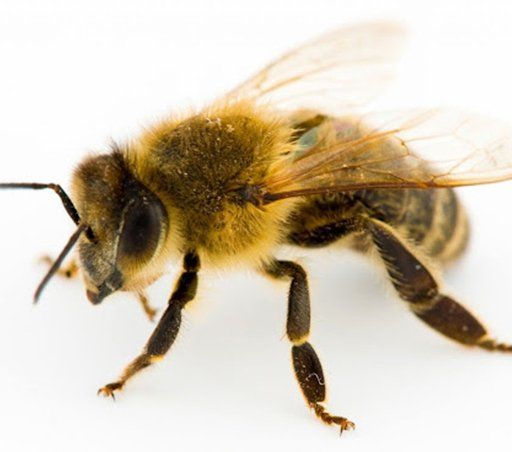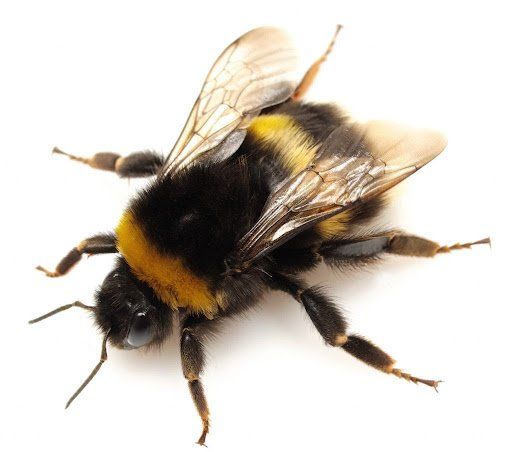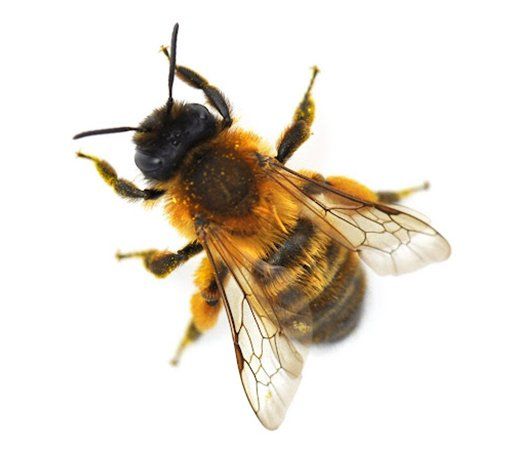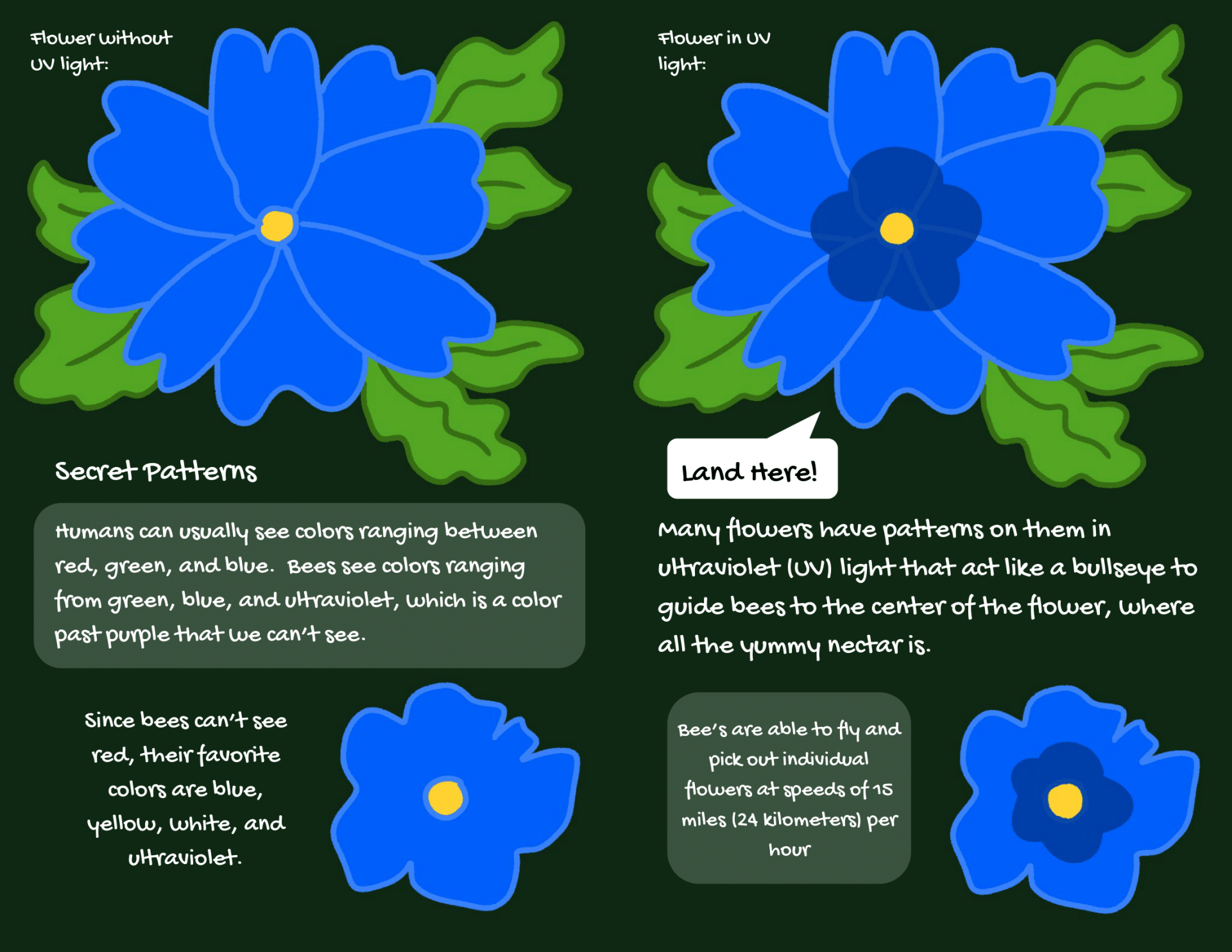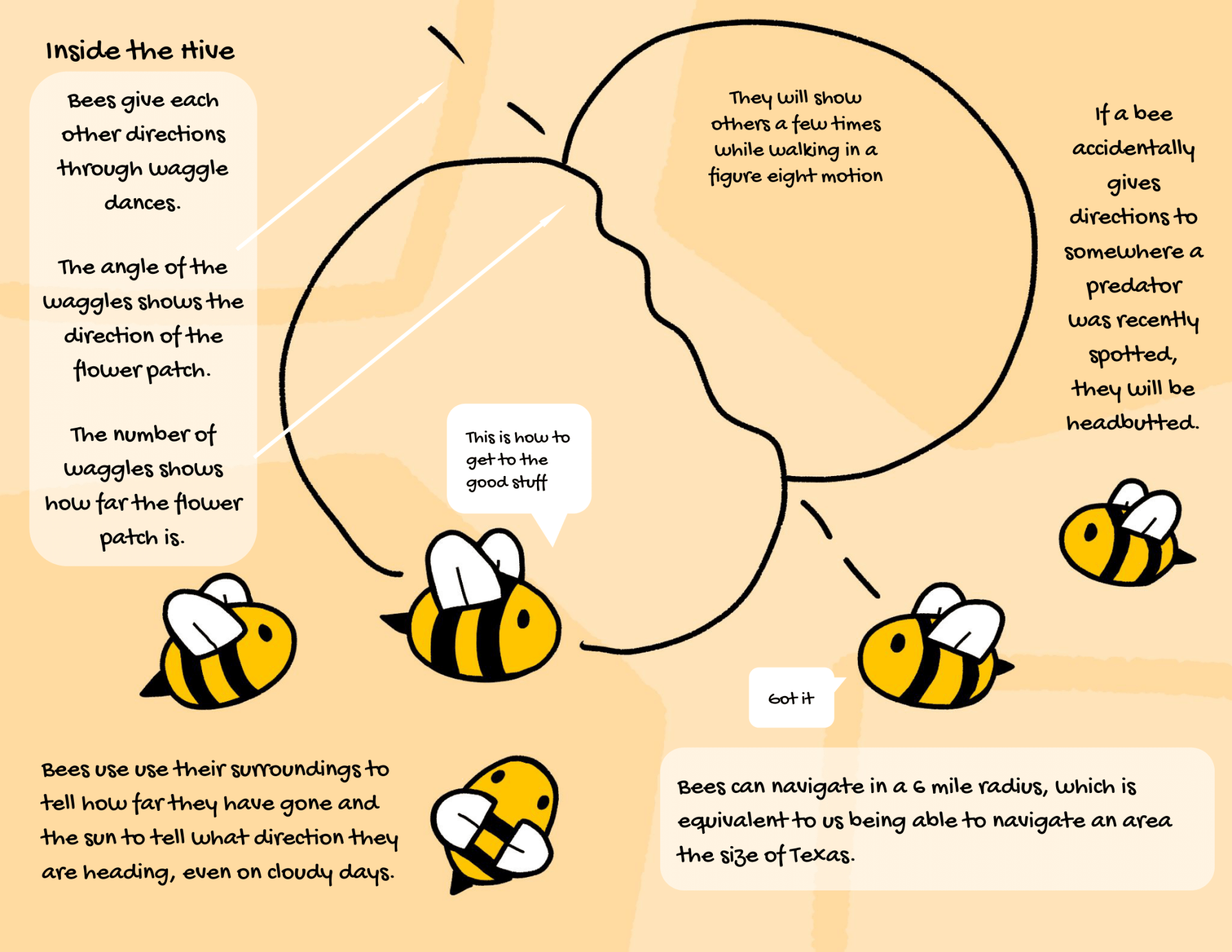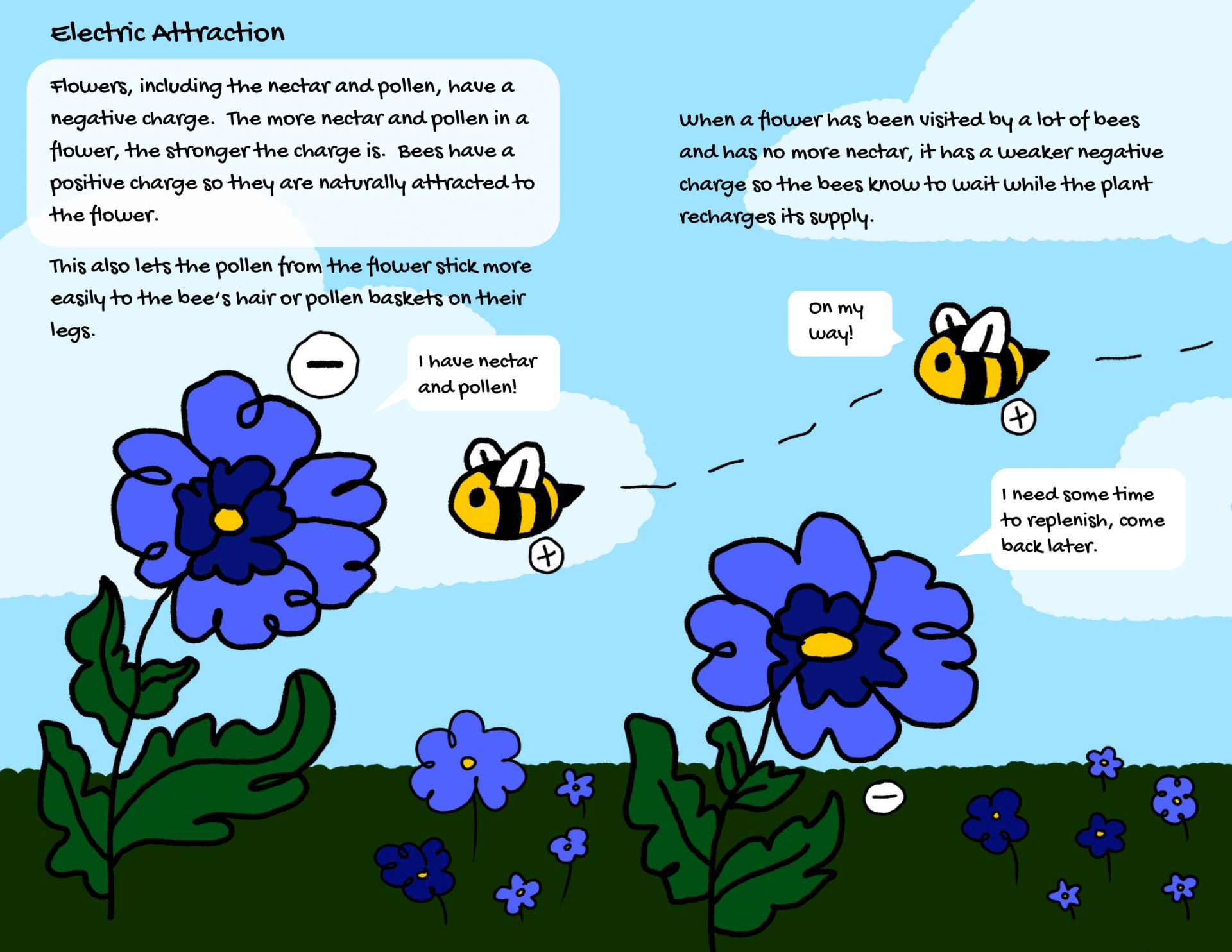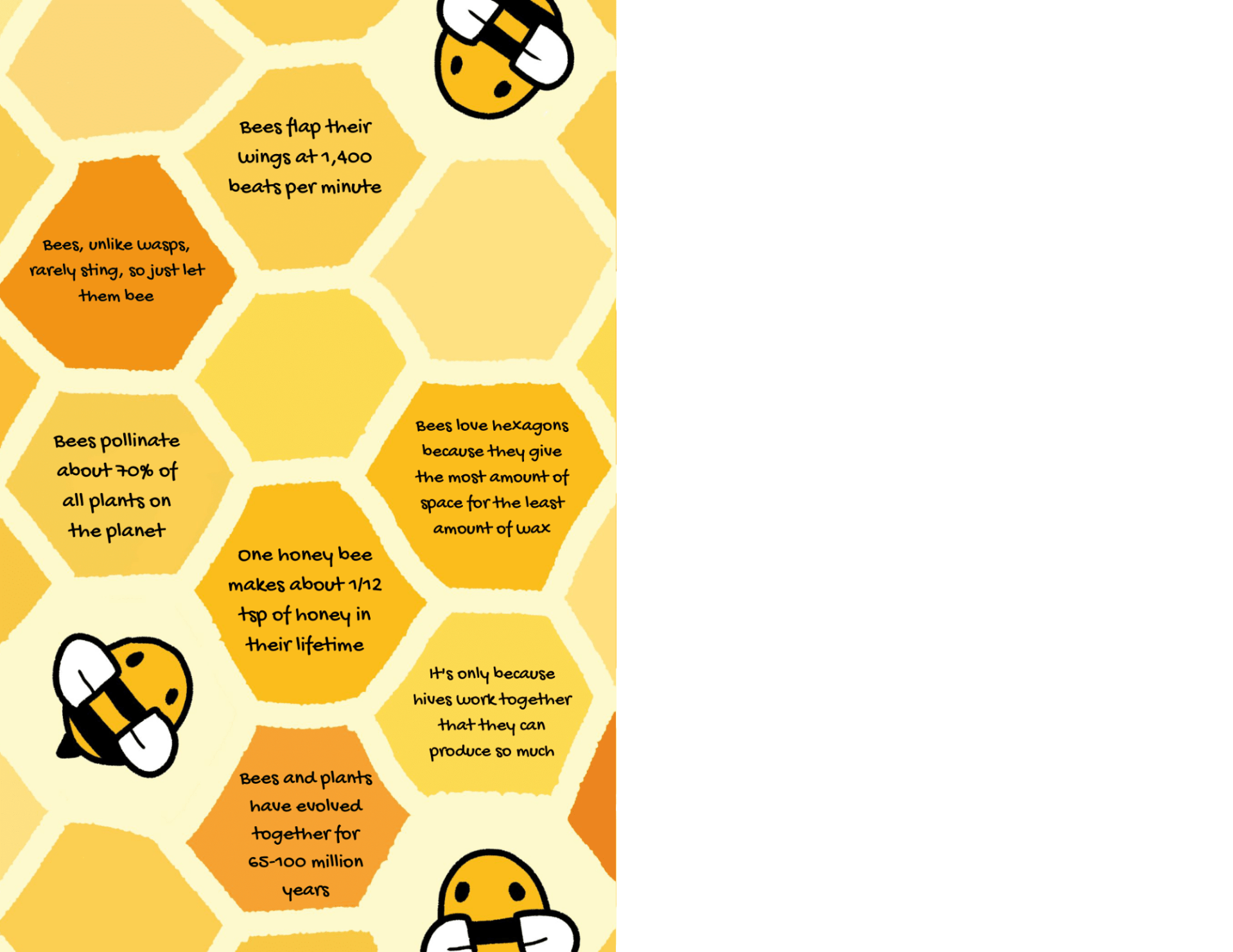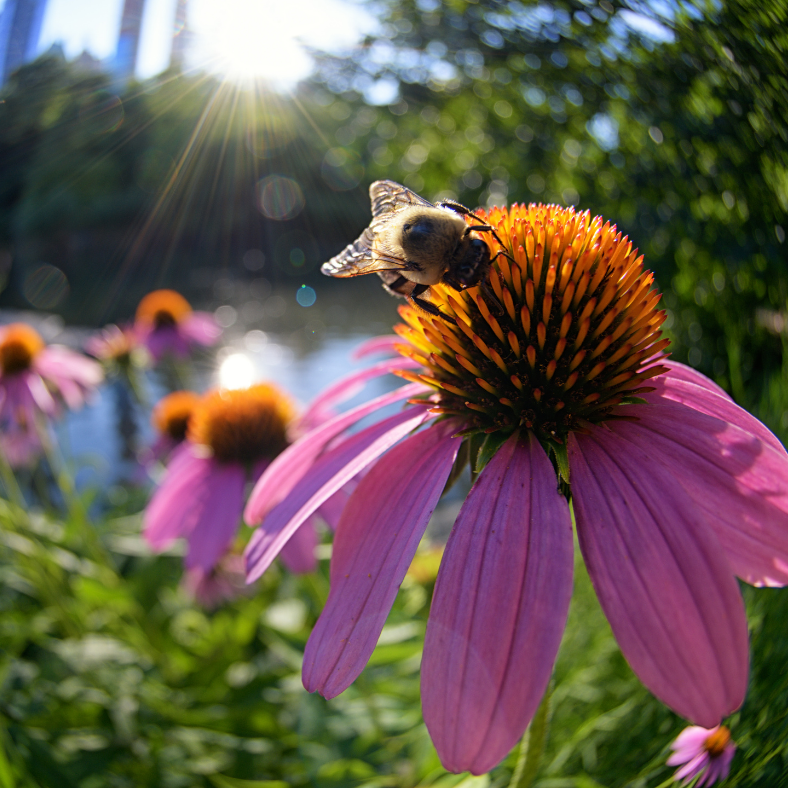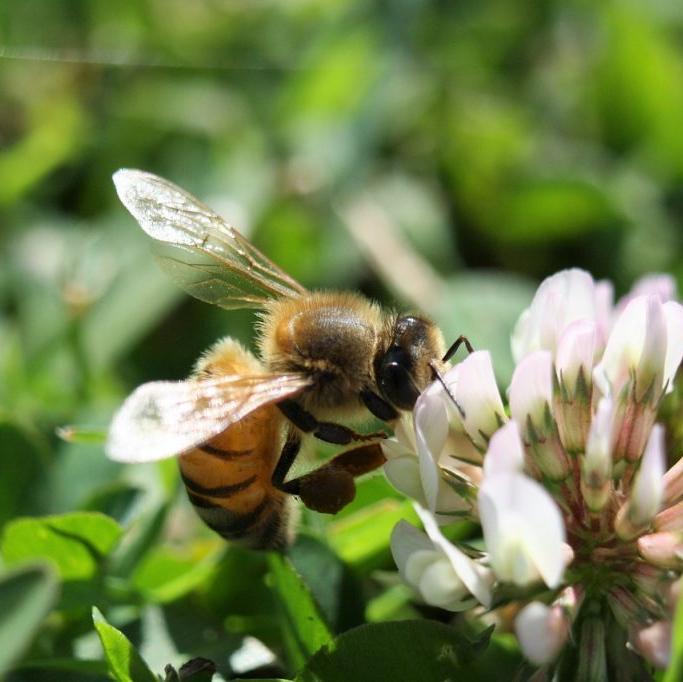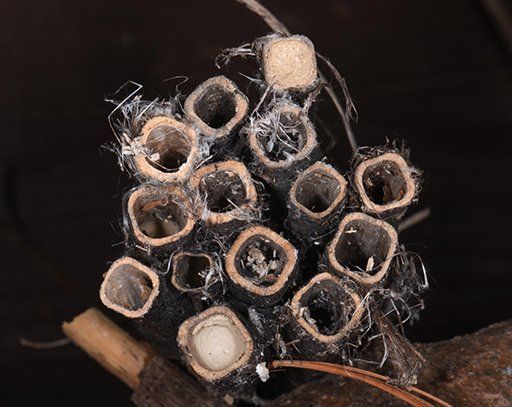Bees are all around us, and even though they are little they help us and most others have food. Life on earth would not be possible without bees. Most plants rely on bees to make seeds and bear fruit.
A Few Bee Friendly Flowers
Bees collect nectar from flowers. Nectar is the sweet liquid that entices the bees to the flower. The bees climb onto or into the flower and suck up the nectar with their straw-like mouth and collect it in a little sac called a crop.
Bee Song
Listen to this sweet little song about the importance of bees!
The Lifecycle of a Honey Bee
Bees go through a transformation from egg to adult called "metamorphosis." Find the stages below.
Egg
The queen bee lays a single egg in a honeycomb cell, but before this, the cell must be spotless otherwise the queen will move to a different one. After 3 days, nurse bees deposit royal jelly around the egg which softens it and facilitates hatching. The egg breaks open and the larva comes out.
Larva
Larvae are small, worm-like creatures with big appetites. Nurse bees feed dowse them with royal jelly and feed them a mixture of honey, pollen and water for the first 6 days before capping the cell with wax and pollen. Inside the cell, the larva will become a pupa.
Pupa
2 days after the cells have been capped the transformation of larvae into pupae begins. Nurses discontinue feeding the pupae. They are white and shaped like adult bees, but without wings. Metamorphosis slowly occurs. Under the skin, soft buds will emerge into wings, legs and mouth parts.
The Jobs of an Adult Honey Bee
You probably know that every hive has a queen bee and worker bees, but did you know that adult worker bees have a series of jobs that they work through over their 2 month life cycle?
Story Time: Who Painted the Flowers
Have you ever wondered why flowers are so many different colors? Listen to an original story by Ty Juvinel of the Tulalip tribe that explores this very question.
Activity: Beespotting
Activity: Make a Bee-Themed Pop-Up Card
Materials: Construction paper, scissors, glue, and markers (optional)
Types of Bees that are Common Around Here?
There are more than 20,000 types of bees in the world! That’s a lot of pollinators! A few bees you might see around here are:
Honey Bees
Our honey making friends like to live together in big hives of about 20,000 to 80,000 bees! They feed on nectar from plants and take it back to the hive to make honey, which is a food source they can keep at home for their young and for the winter.
Bumble Bees
These extra fluffy bees are the biggest of the local bees and like to build nests in small holes or even old mouse burrows. They live in colonies of about 50 to 500 bees. When they flap their wings (at about 130 or more times a second) they move a lot of pollen, allowing it to stick to other flowers. Because of their size they are able to keep warm in colder temperatures so they can visit flowers at higher altitudes, and earlier and later in the day than other bees.
Mason Bees
These bees, like many bees, are solitary and do not make hives. Mason bees are a lot smaller than honey bees so they may be a bit harder to spot. They also prefer to make their nests in mud holes. They are very efficient pollinators too. They come out in early spring and can pollinate a whole tree with just six bees, opposed to the normal 360 bees. This can mean that a handful of mason bees can pollinate an acre of fruit trees that will then grow six tons of fruit.
Check Out Our Zine
Learn how bees navigate and communicate!
How to Help Bees?
Activity: Making Little Bee Homes
You can help your local mason bee by making a little bee home.
Many bees like to make homes in hollow sticks. So if you make a small bundle of a few hollow sticks in a wind protected area, bees may come! In this photo you can see the top and bottom sticks are plugged up which means there are two little bees inside!

Learn More
You and your grownups can learn more about mason bees and how to support them at a City of Tacoma EnviroHouse workshop.



